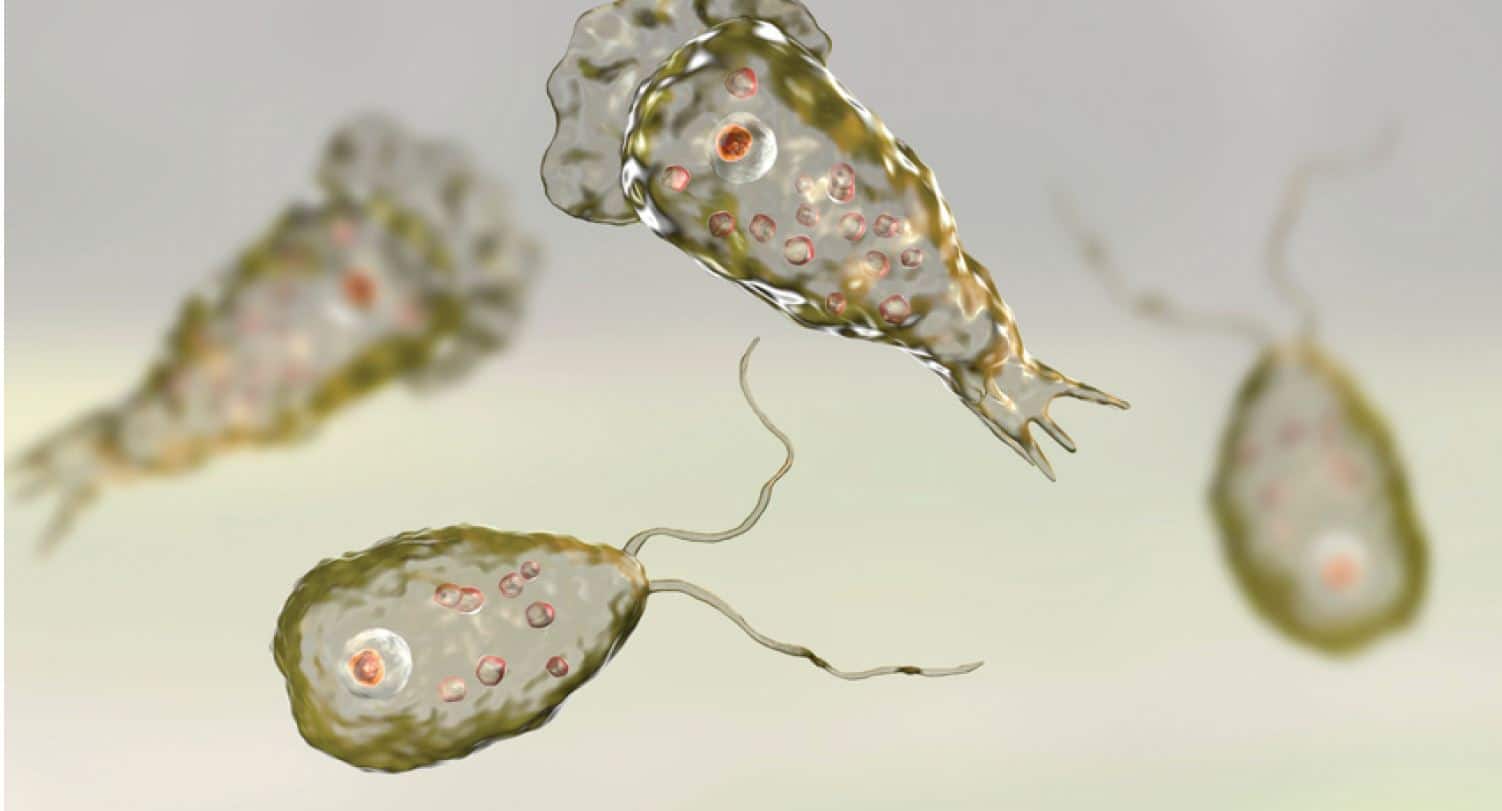About Naegleria fowleri:
- It is a free-living amoeba or a single-celled living organism.
- It lives in warm fresh water and soil around the world, and infects people when it enters the body through the nose.
- Higher temperatures of up to 115°F (46°C) are conducive to its growth and it can survive for short periods in warm environments.
- The amoeba can be found in warm freshwater, such as lakes and rivers, swimming pools, splash pads, surf parks, or other recreational venues that are poorly maintained or minimally chlorinated.
- It enters the body through the nose, usually when people are swimming. It then travels up to the brain, where it destroys the brain tissue and causes swelling.
Key facts about Primary Amoebic Meningoencephalitis
- It is a rare brain infection that is caused by Naegleria fowleri.
- It is also non-communicable and people cannot get infected with Naegleria fowleri from drinking water contaminated with the amoeba.
- Symptoms
- In the initial stage, the symptoms include headache, fever, nausea and vomiting. Later on, the patient may have a stiff neck and experience confusion, seizures, hallucinations and slip into a state of coma.
- Most people with PAM die within 1 to 18 days after symptoms begin. It usually leads to coma and death after 5 days.”
- Treatment
- There are no effective treatments for the disease yet.
- At present, doctors treat it with a combination of drugs, including amphotericin B, azithromycin, fluconazole, rifampin, miltefosine, and dexamethasone.
Q1: What is amoeba?
It is a generic term used to refer to a group of single-celled organisms belonging to the biological kingdom Protista. Amoebas are eukaryotic microorganisms that are characterized by their ability to change shape and move using pseudopods, which are temporary extensions of the cell membrane.
Source: What is Naegleria fowleri or ‘brain-eating amoeba’, which led to a girl’s death in Kerala?
Last updated on November, 2025
→ Check out the latest UPSC Syllabus 2026 here.
→ Join Vajiram & Ravi’s Interview Guidance Programme for expert help to crack your final UPSC stage.
→ UPSC Mains Result 2025 is now out.
→ UPSC Notification 2026 is scheduled to be released on January 14, 2026.
→ UPSC Calendar 2026 is released on 15th May, 2025.
→ The UPSC Vacancy 2025 were released 1129, out of which 979 were for UPSC CSE and remaining 150 are for UPSC IFoS.
→ UPSC Prelims 2026 will be conducted on 24th May, 2026 & UPSC Mains 2026 will be conducted on 21st August 2026.
→ The UPSC Selection Process is of 3 stages-Prelims, Mains and Interview.
→ UPSC Result 2024 is released with latest UPSC Marksheet 2024. Check Now!
→ UPSC Prelims Result 2025 is out now for the CSE held on 25 May 2025.
→ UPSC Toppers List 2024 is released now. Shakti Dubey is UPSC AIR 1 2024 Topper.
→ UPSC Prelims Question Paper 2025 and Unofficial Prelims Answer Key 2025 are available now.
→ UPSC Mains Question Paper 2025 is out for Essay, GS 1, 2, 3 & GS 4.
→ UPSC Mains Indian Language Question Paper 2025 is now out.
→ UPSC Mains Optional Question Paper 2025 is now out.
→ Also check Best IAS Coaching in Delhi

















